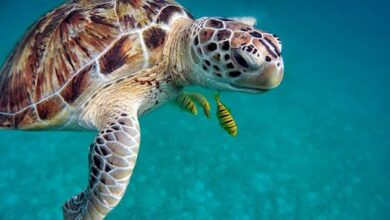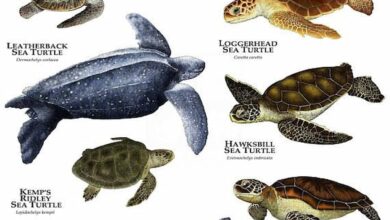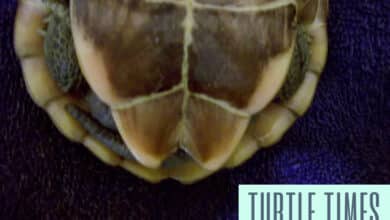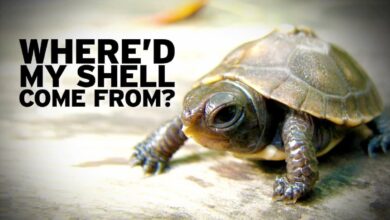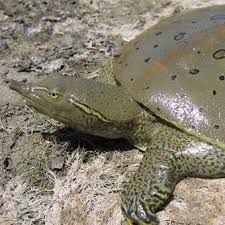Disinfecting Turtle & Tortoise Tanks
Disinfecting Turtle & Tortoise Tanks Properly
We all love our turtles, tortoises, and terrapins and often find ourselves offered a chance to acquire a new member for the family. You might be looking to find a mate for turtle you already have, wish to start with another species in addition to those you have already, or find a turtle which is in need of a home and/or veterinary treatment.
Viral organisms are causing severe illness, and death in many established collections. It is my hope that the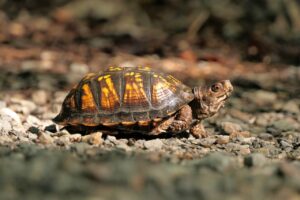
These guidelines are essential, as I do share my life with my own tortoises whom I’m very attached to, and at the same time accept for rehabilitation, care, and placement any turtle or tortoise in need, 365 days a year. The risk of cross- contamination is not worth being careless, as the loss of a precious life could well be the result.
One of the most common causes of disease transfer is the human hand. If you do handle turtles and tortoises, it is necessary to wash your hands between handling different species (and subspecies).
In non-established collections, it is necessary to wash between EACH animal you come into physical contact with.
Some chelonia are “latent” carriers of viruses and other diseases, passing pathogens along to other animals which then become sick, while the carrier animal itself remains asymptomatic. (Showing NO symptoms of illness whatsoever)
For the most part I use products such as Alco-Gel, Purell, Wipe-Out 3, or any other similar preparation, all of which are effective at killing bacterial germs, but only if soap and warm water isn’t available. Many of these preparations DO NOT kill viral organisms. Preparations can be effective and convenient for those handling large numbers of animals on a daily basis, or, those handling sick animals, but hand washing is still by far the most effective means of removing both bacteria AND viral agents from your hands.
Foot baths are another very effective means of avoiding transfer of disease organisms from one enclosure to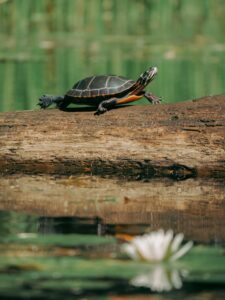
A very weak solution of household bleach and water (1:20) can be mixed. or a professional veterinary product such as Chlorhexidine can be diluted at the appropriate ratio and used. All, that is necessary is a few centimeters poured into a cat litter pan or similar container. Upon leaving an enclosure, step into the foot bath, and stand for just a few seconds. Keep a mat or towel handy to step on after soaking. Then go to the next enclosure, without risking the transmission of organisms via your shoes. Step into the foot bath for that enclosure, and so on.
Another VERY important aspect of healthy herd management is to IMMEDIATELY move ANY animal from an enclosure which is exhibiting any symptom of illness, no matter how slight, and place in an isolated, quarantined area. Do not wait “a day or two” to see if symptoms improve. Do not keep sick animals together, even if of the same species.
Species and sub-species mixing is another often deadly mistake made by well meaning keepers. Mixing species which seem similar may in fact be very different. For example, many keepers mix T. graeca graeca with T. ibera, T. hermanni, T. marginata, etc. Later, many people find one or more animals have become very ill. This has been reported on numerous occasions.
For example, if I pick up a Gopherus (Xerobates) agassizii and then need to handle to a Testudo ibera, I wash my hands with a veterinary strength anti-bacterial soap. In doing this, I also greatly diminish the risk of zoonosis. (transfer of illness from animal to human) to myself. I might also inadvertently cause illness to either the Gopherus or Testudo. Each species has its own immune response, and carries viral and bacterial agents particular to its own species. Each sub-species has a different immune system. What one species may carry as normal bacteria might very well be fatal to another species.
Therefore it is recommended for example, NOT to mix even differing species of Testudo or Geochelone, although these species are similar in many ways.
When adding an animal to your herd, make certain to have a complete veterinary check-up and keep the animal separated from ALL other animals, even those of the same species, for a period of at least one year. If you can afford viral testing, pay for it. With tortoises and turtles often harboring latent viruses, any symptoms may take quite some time to appear.
General good husbandry practices also reduce the risk of disease. In the wild, tortoises and turtles cover large areas, and do not often walk through feces, meet up with different species, or other potential problems, It is very important to remove any traces of food or excrement on a daily basis.
Failure to do so can and does attract flies, and feces can pass internal parasites and protozoa to other animals living within the same enclosure, or even re-infect the same animal. Furthermore, food left in enclosures can attract predatory animals such as raccoons, foxes, hedgehogs, coyotes, rats, and skunks. Rodents as well as foxes and coyotes can cause severe gnawing damage to your animals. Sometimes, this is fatal. Smaller animals can be carried away altogether. A predator such as a raccoon can carry an animal the size of a T. horsfieldii (Russian Tortoise) or a Terrapene (American Box Turtle) for several miles.
Be certain your enclosures are clean and your kritters are well secured at night. We often receive calls of animals that have been critically injured, or killed by predatory animals. Make certain this does not happen to yours! Also important is to keep your tortoises safe from ALL dogs at ALL times.
For animals kept within a vivarium setting, cleanliness is of paramount importance. Daily cleaning as with outdoor enclosures is required, as is weekly disinfection. Be careful in choosing products designed to be used for this purpose, there are many available for vivarium purposes with are non-toxic, biodegradable, and do not leave a residue with could poison your animals. After having a sick animal in an enclosure, it is extremely important to disinfect thoroughly prior to introducing a new animal. Germs may remain in the vivarium, and may cause illness to the new inhabitant.

